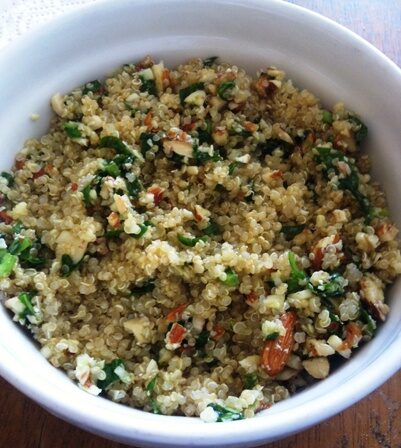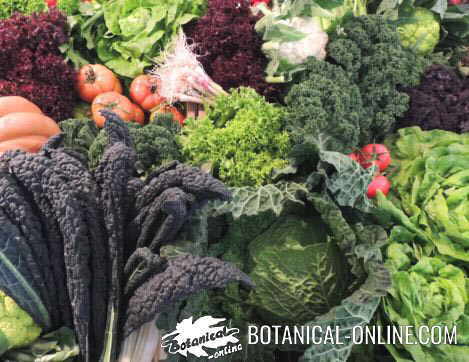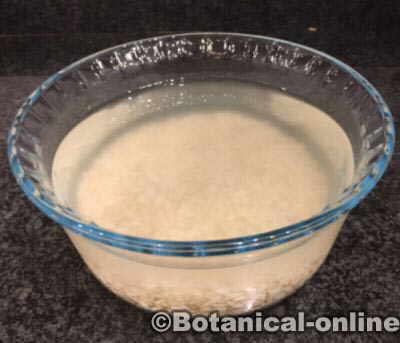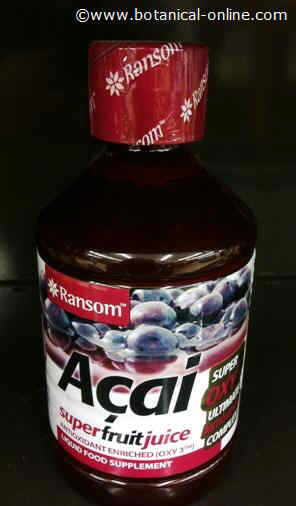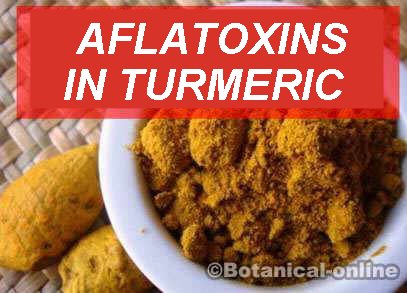Contents
Sorbic acid properties
What is sorbic acid?
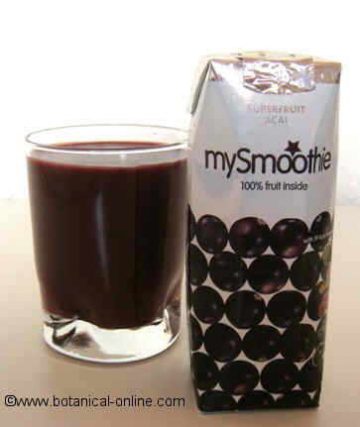
Sorbic acid (E 200) is a natural food preservative, which is extracted from the fruits of the rowan tree. But it can also be artificially synthesized.
Sorbic acid chemical properties
It is a substance that dissolves in fats and water (fat-soluble and water-soluble respectively), slightly acidifying the medium, sensitive to temperature, and not bactericidal.
Its action is more global on fungi and yeasts than against bacteria, which are only partially affected, but their growth is not inhibited. It is usually used together with benzoic acid (E 210) or its salts in order to complete its effect against bacteria.
They have the advantage of lacking their own taste, but have the disadvantage that their effect is partially lost when they are boiled or baked.
Food uses of sorbic acid
This food preservative is used mainly in: margarines, dairy products such as cheese, fermented and pickled vegetables, drinks such as fruit juices or wine.
It can also be used to preserve: dried fruits, jams and jellies with low sugar content, sliced cheese, processed cheese, bread, packaged baked goods, margarine, meat substitutes, fish and seafood.
Also used in cosmetics, chewing tobacco, flavorings, enzymes.
In combination with benzoic acid (E 210) it is used in: candied fruits, fermented and pickled or salted vegetables; canned fish, dried fish, other fish products, prawns, chewing gum, diet products, wine.
Sorbic acid toxicity
The great capacity of humans to metabolize sorbic acid as a fatty acid and its favorable results from the toxicological point of view have led to the recommended ADI of 25mg/kg of body weight.
Carcinogenic effects have not been observed.
Other food preservatives that are commonly used in food:
![]() More information on food additives
More information on food additives


